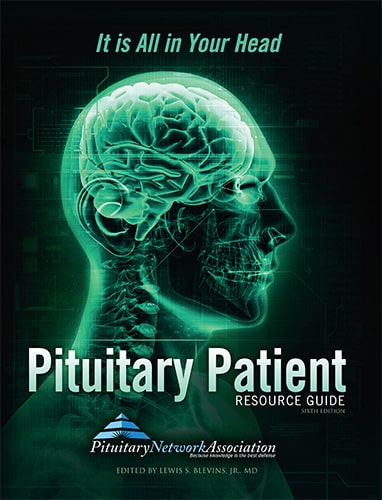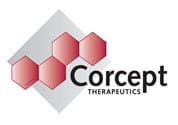News Articles February 2022
Written on 04 February 2022.
Supraorbital
Above the orbit.
Situated or occurring above the orbit (eye socket, orbital cavity) of the eye.
Suprasellar
Extending above the sella turcica.
The sella turcica is the bony structure at the base of the skull in which the pituitary gland rests.
Syndrome of Inappropriate Antidiuretic Hormone Secretion (SIADH)
Impaired water excretion.
Water excretion is caused by the hyponatremia and hypo-osmolality resulting from innappropriate, continued secretion or action of the hormone despite normal or increased plasma volume.
Systemic
Circulating throughout the body.
Affecting the entire body rather than a single organ or body part. Systemic disorders such as high blood pressure and systemic diseases such as influenza affect the entire body. A systemic infection is an infection in the bloodstream. A localized infection is only affecting one body part or organ.
TRH
Thyrotropin releasing hormone
Hypothalamic hormone that controls TSH production by the pituitary.
TSH
Thyroid stimulating hormone, thyrotropin
Pituitary hormone that controls T4 and T3 production by the thyroid gland.
Tumor
An abnormal growth.
Tumors may be benign or malignant by cell type, or life-threatening by their location.
Tumor Marker
Substances found in blood or other fluids that identify the presence of a tumor, and/or the tumor type.
Often measured in blood.
Turbinate
(Superior, middle, or inferior.) Bony prominences in the nasal passageway.
A bone in the nose that is situated along the side wall of the nose and is covered by mucous membrane.
Ultrasound
Visualization of structures in the body by recording the reflections of sound waves directed into tissues. May be used during surgery.
Also called ultrasound scanning or sonography, uses high-frequency sound waves to obtain images inside the body. Neurosonography (ultrasound of the brain and spinal column) analyzes blood flow in the brain and can diagnose stroke, brain tumors, hydrocephalus (build-up of cerebrospinal fluid in the brain), and vascular problems. It can also identify or rule out inflammatory processes causing pain. It is more effective than an x-ray in displaying soft tissue masses and can show tears in ligaments, muscles, tendons, and other soft tissue masses in the back. Transcranial Doppler ultrasound is used to view arteries and blood vessels in the neck and determine blood flow and risk of stroke.
During ultrasound, the patient lies on an imaging table and removes clothing around the area of the body to be scanned. A jelly-like lubricant is applied and a transducer, which both sends and receives high-frequency sound waves, is passed over the body. The sound wave echoes are recorded and displayed as a computer-generated real-time visual image of the structure or tissue being examined. Ultrasound is painless, noninvasive, and risk-free.
Available Now!

The Pituitary Patient Resource Guide Sixth Edition is now available! Be one of the first to have the most up-to-date information. The Pituitary Patient Resource Guide a one of a kind publication intended as an invaluable source of information not only for patients but also their families, physicians, and all health care providers. It contains information on symptoms, proper testing, how to get a diagnosis, and the treatment options that are available. It also includes Pituitary Network Association's patient resource listings for expert medical care.





